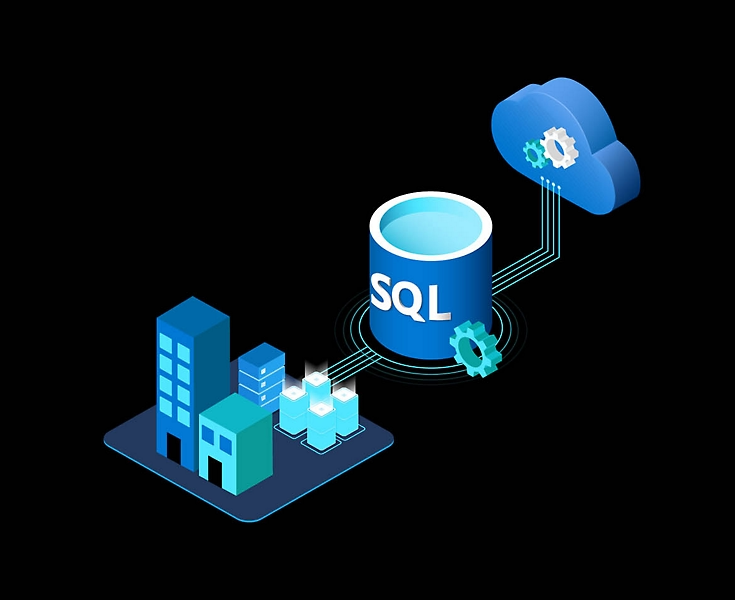XML | JSON | AJAX
Blogpost #6 A. Engage Instruction: Based on your own understanding, kindly define the following terminologies: A.XML XML is a language used for storing and moving data. It is based on tags that define different elements within a document, and these tags can be customized to suit specific requirements. XML enables developers to structure and organize data in a way that is suitable for their particular use case. B.JSON JSON is an acronym for JavaScript Object Notation, which is a simple and lightweight data format that can be easily read and written by humans and machines. It is not tied to any specific programming language and is supported by many popular programming languages. The data in JSON is organized as key-value pairs, with the key being a string and the value being one of several data types. JSON objects are enclosed in curly braces, while arrays are enclosed in square brackets. C.AJAX AJAX stands for Asynchronous JavaScript and XML. It is a web developme...
